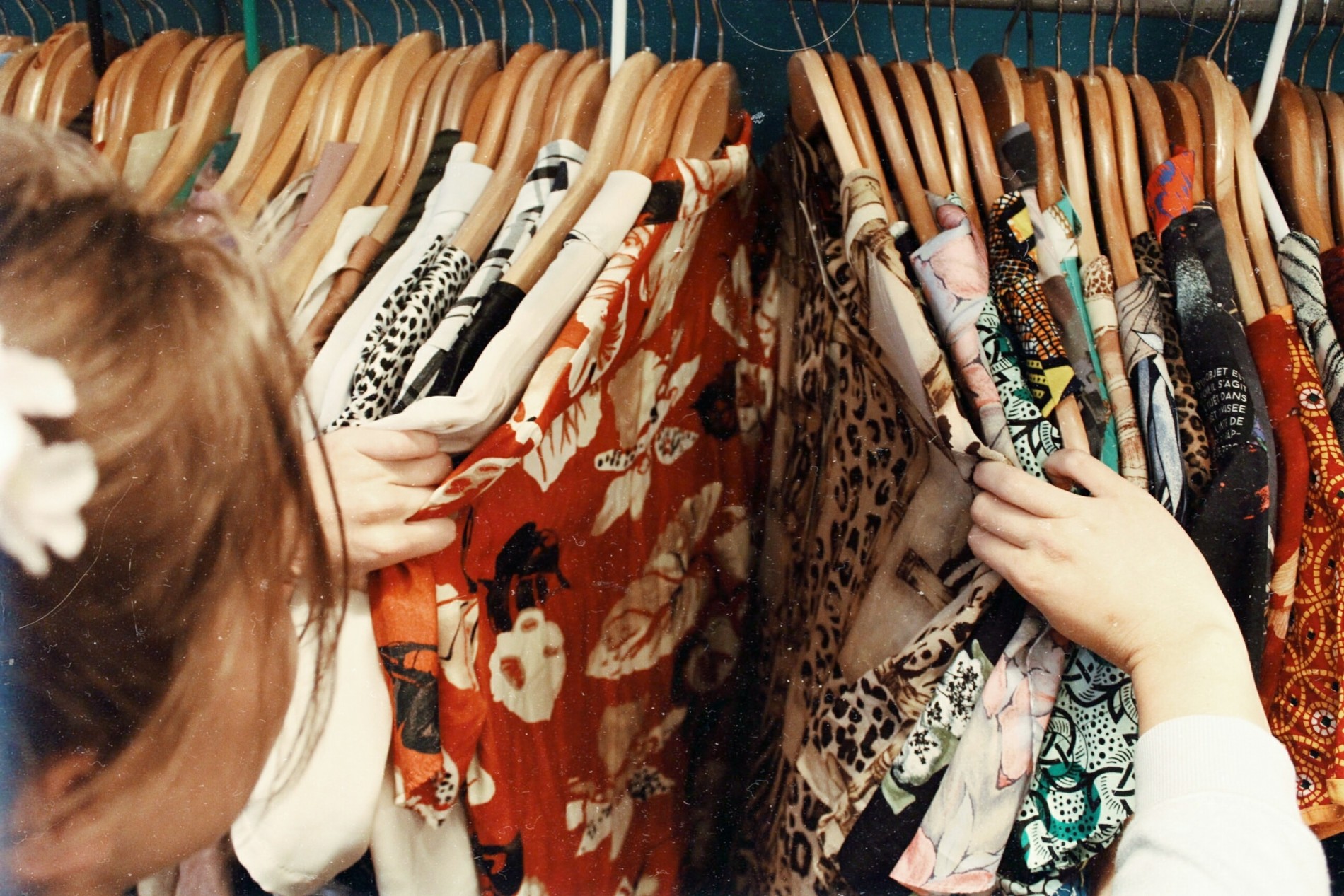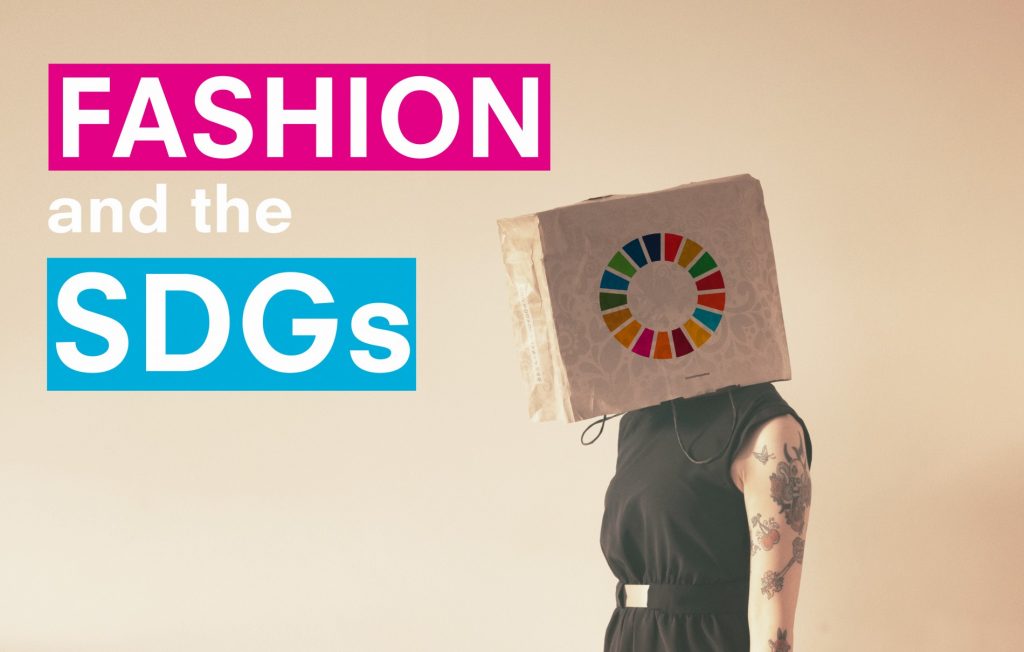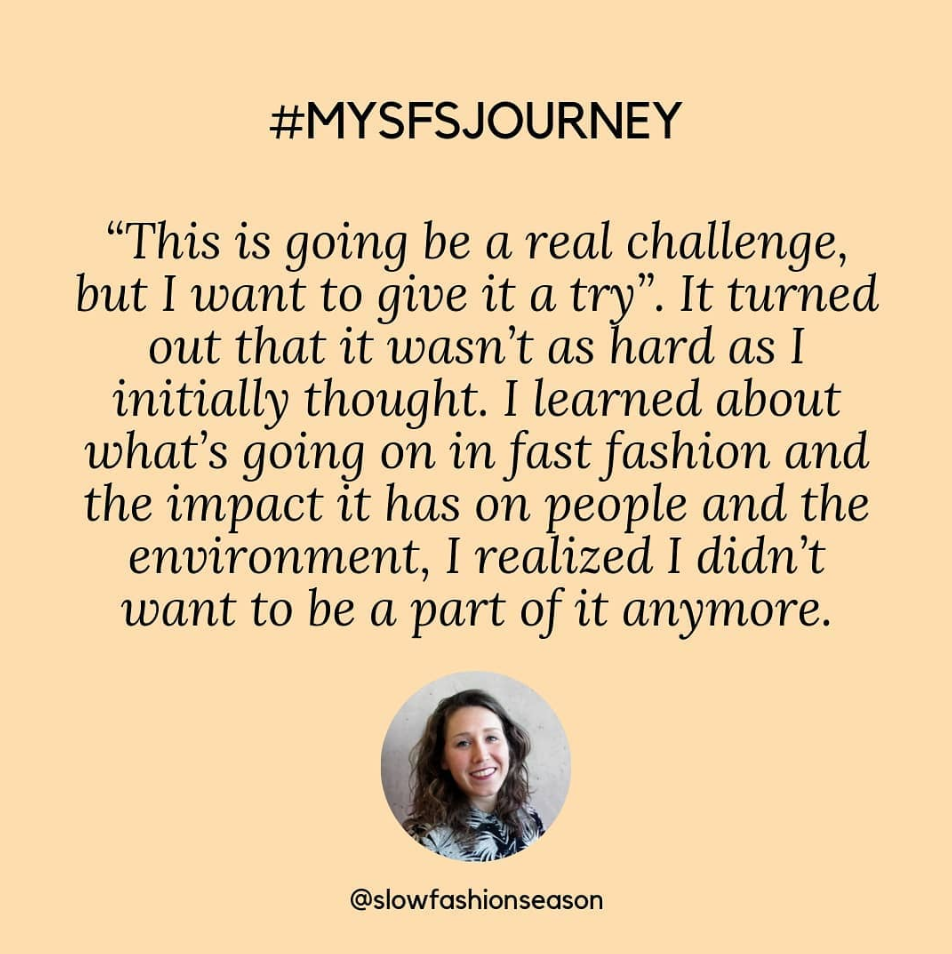
21/08/2019
Fashion and the SDGs
Take a quick look at what you are wearing right now. Where was it made and by whom? What is it made of? What will happen to it after you no longer want to use it?

The way clothes are produced and consumed have changed radically in the last years. The average consumer buy 60% more clothes than in 2000, yet keep each item only half as long. That makes the fashion industry currently responsible for almost 10% of total global carbon emissions and 20% of industrial wastewater pollution.
Besides its environmental impact, the fashion industry also has a considerable social impact. Three quarters of its 60 million workers are women, many facing challenges such as low wages and unsafe working conditions. However, given its size and global reach, many believe fashion can be transformed and become a force for good. And that it can actually contribute to achieve the SDGs.

That is the case of the global initiative “Fashion revolution”. They share almost daily impressive data and figures about the fashion industry’s current impact. A few weeks ago they published a particular jaw-dropping one: “This summer brits are expected to purchase 50 millions summer outfits that will only be worn once”.
You can also check the Clean Clothes Campaign, dedicated to improving working conditions and supporting the empowerment of workers in the global garment and sportswear industries.

Undoubtedly the way clothes are being produced needs systemic social and environmental changes. Those changes include improvements in working conditions and remuneration, reduction of the industry’s waste stream and decrease in water pollution and greenhouse gas emissions. We can and should push brands to make these changes. But we also need to change the way we consume clothes ourselves.
For many people, buying new clothes has become a distraction, a habit or even a compulsion. In those cases a “detox” can be a good way to take back control of consuming habits, turn off the “auto pilot” and stop buying without thinking. Spending a period without buying new clothes and accessories is a challenge that has been growing in popularity in social media lately. For the Slow Fashion Season campaign, for example, more than 10 thousand people spent 3 months without buying new clothes.

You and your friends can come up with your own set of rules for a “no buy challenge” : How long will it last? Can you buy second hand? Can you buy gifts? But the bottom line is sticking to it and showing yourself that you can live with what you already have or find alternatives like borrowing or swopping thing with your friends and up-cycling old items.
Join the challenge!
*About us: MAIA for the SDGs is an intensive program that will provide you with tools, skills and a support network to advance the Sustainable Development Goals.
[mailpoet_form id="3"]